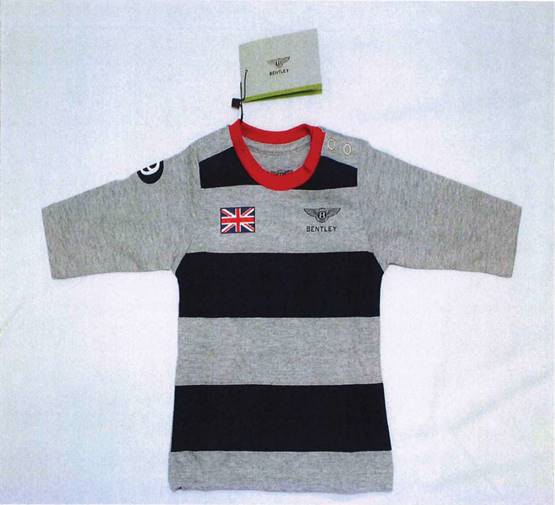
England and Wales Court of Appeal (Civil Division) Decisions
You are here: BAILII >> Databases >> England and Wales Court of Appeal (Civil Division) Decisions >> Bentley Motors Limited v (1) Bentley 1962 Limited (2) Brandlogic Limited [2020] EWCA Civ 1726 (16 December 2020)
URL: http://www.bailii.org/ew/cases/EWCA/Civ/2020/1726.html
Cite as: [2020] EWCA Civ 1726, [2020] WLR(D) 687, [2021] Bus LR 736


